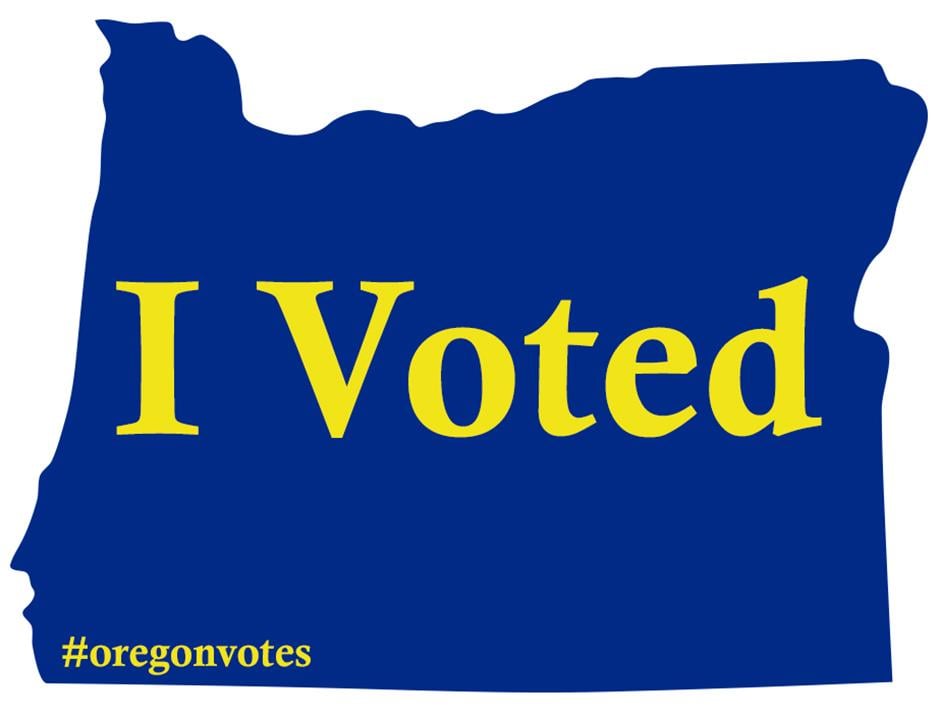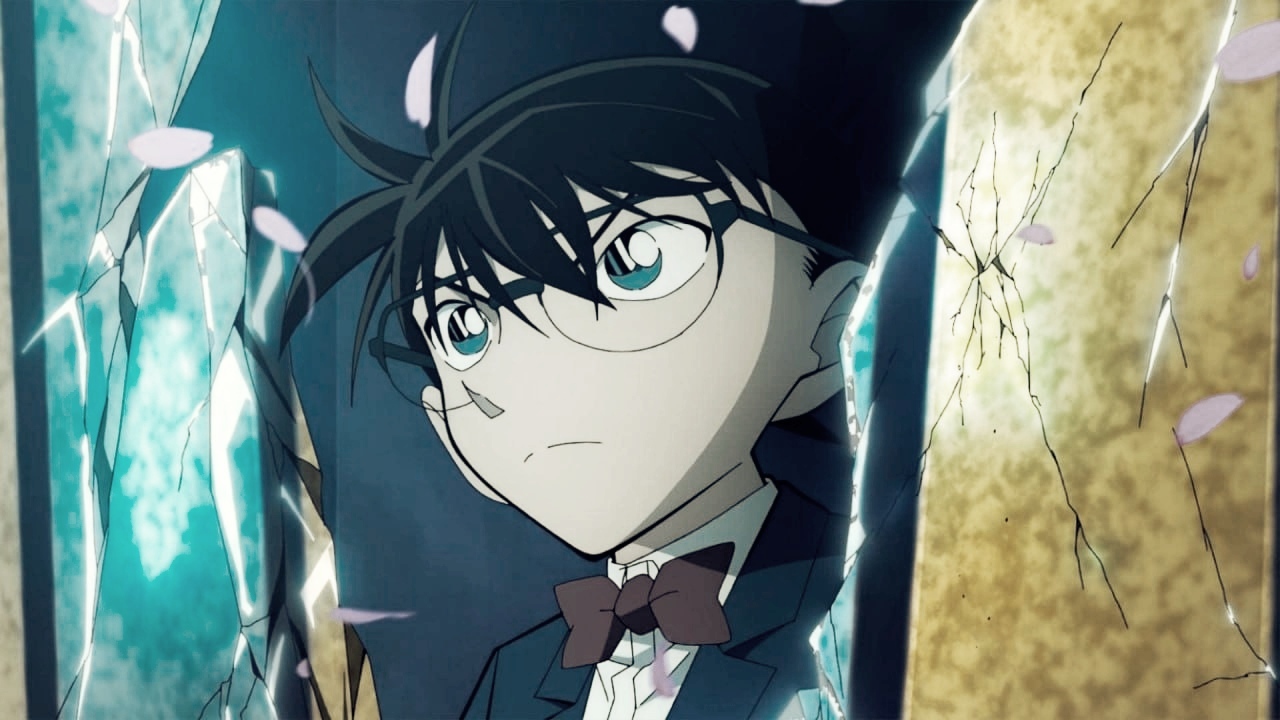US. Growing up it was:
- Grade school / elementary school: Kindergarten through Grade 6
- Junior high: Grades 7 & 8
- High school: Grades 9-12
- Undergrad (typically 4 years)
- Grad school (duration depends)
Uk.
Its primary school then secondary school.
Primary school is 6 years “full time” (5/6 years old to 11/12 years old). There are pre-school and “reception” years.
Secondary school is 5 years, with an optional extra 2 years.
Anything beyond secondary school is uni/college/apprenticeship/lifeI found secondary school year 6/7 to cover the majority of the foundation of 2 years at Uni (ie, maths, physics, chemistry had a huge amount of repitition before building on it and specialising).
Heres more info:
https://cdn.roostermarketing.com/wp-content/uploads/2017/08/school-years-1.pngPrimary is 4-11.
The extra 2 years are no longer optional. You can choose where you do them but you’re not allowed to just not.
My part of the country “pre-school” is called play school. Not sure if that is a national thing though.
I’ve also never heard this post secondary thing OP is on about.
Post secondary is university, college, community college, etc. I hear it all the time on US News.
Romania. We call it primary (1-4), gymnasium (5-8) and lyceum (9-12). They come from French/Latin.
Latin is one of the roots of our language and we underwent a big pro-Latin cultural movement in the 19th century, while French also had a big cultural and educational influence.
Gymnasium and lyceum are both Greek. They did pass through Latin on there way into modern use. Lyceum was the name of Aristotle’s school in Athens.
Sweden, none of the above since we are not English native speakers. 😬
Grundskolan (mandatory for 6-15 year olds). Gymnasiet (optional for 16-19 year olds).
Roughly what percentage of people go on to Gymnasiet? Is the next step University of some sort?
Basically everybody attends gymnasiet. Some programs are focused on preparing for higher studies, such as University, other programs at focused on a trade. All programs have a minimum core curriculum of math, Swedish, English etc.
Yes, the next step is University (or some other kind of higher education), or not, if higher education is not your thing.
US. I had Elementary kindergarten-4th (5-10). Middle school was 5th-7th (/10/11-12/13). Junior high was 8th-9th(13/14-15). High school was 10th-12th (15/16-18/19).
4? What part of the US are you in? Is that common?
From (the French-speaking part of) Belgium, 6 years of primary and 6 years of secondary. Nothing inbetween as that’s already 12 years. Secondary usually happens within the same school although there are two divisions within it:
- programs are designed for three cycles (“degrés”) of two years (D1, D2, D3)
- teacher’s diploma follow a division in two “degrés” of three years : teachers for the inferior one (DI) have a bachelor and teachers for the superior one have a master. In the near future the diploma’s will change but the distiction is mostly going to stayIn this latter sense, “inferior secondary” would be the equivalent to middle school and “superior secondary” the one for high school, although as I have explained it is not as separated as in the US, Italy, France or others. As someone who teach in the superior secondary “degré”, I do usually introduce myself as a high-school teacher when talking to people from other countries.
US.
Middle School and Jr. High vary depending on how the grades break.
When I was coming up it was this:
Grade School: 1-6
Jr. High - 7-9
High School - 10-12But when I hit 9th grade, they changed it:
Grade School: 1-5
Middle School: 6-8
High School: 9-12Grade school, didn’t even know that one.
US - specifically Michigan. The naming convention and splits most commonplace around me seem to be
Kindergarten - 4th grade | “Elementary School”
5th grade - 8th grade | “Middle School”
9th grade - 12th grade (referred to as Freshman, Sophomore, Junior, Senior years) | “High school”
But there is a bit of variance depending on district size. For example my school district downsized. So currently we have
Kindergarten - 6th grade | “Elementary School”
7th grade - 12th grade | “Secondary School”.
The former setup seems to resemble most of what other Americans would recognize.
Regarding “postsecondary education”, at least here, that specifically refers to any education past the standard 12 year education program, be it medical school or trade school or what we call college and many other places call uni/university.
Gonna just piggyback on your comment because I am also US, Georgia for me.
Primary: Pre-K thru 2nd
Elementary: 3rd thru 5th
Middle: 6th thru 8th
High: 9th thru 12th
Republic of China, Taiwan
Kindergarten, Elementary/Primary 1-6 grade, Junior High 7-9, Senior high school 10-12, though most say year 1 junior(7th grade), year 1 senior(10th grade)
I’m going to take this opportunity to re-use the phrase I sent my Chinese friend!
新年快乐 🎉🐉
新年快樂🐲 To you too.🎊
In Russia it was for me just 1-11 grades with the last 2 being optional and the 4th one being suspiciously absent.
You went from 3rd grade to 5th?
Does everyone in Russia?
Was it a year of outdoor school or something?
Germany: 4 years elementary school, after that the kids are divided into 3 school categories based on their performance:
Hauptschule 5-9, after that you either start apprenticeship for 3 years and learn a profession, or you continue with Realschule
Realschule 5-10, after that you either start apprenticeship for 3 years and learn a profession or you continue with Gymnasium
Gymnasium 5-12, after that you may apply for university. You can only enroll in university if you have completed grade 12 final exams (called Abitur)
In Germany kids are required to be enrolled in school or in apprenticeship by law until they turn 18
Lithuania
1-8 progimnazija 9-12 gimnazija 11-13 profesinė (vocational)
1-10 pagrindinė (basic) and 1-12 vidurinė (middle) used to exist but almost none of these exist now.
USA, 2
Sweden
I don’t believe we have the exact same stages as the US or UK, so I will do my best to explain it:
Grundskola - covers years 1 through 9 and is mandatory by law for everyone to attend.
Grundskola, year 1 through 3, student age 7 to 9 years - “lågstadiet”, the frist three years in grundskola is called “lågstadiet”, meaning the “low stage”.
Grundskola, year 4 through 6, student age 10 to 12 years - “mellanstadiet”, the middle three years in grundskola is called “mellanstadiet”, meaning the “middle stage”.
Grundskola, year 7 through 9, student age 13 to 15 years - “högstadiet”, the last three years in grundskola is called “högstadiet”, meaning the “high stage”.
After grundskolan is completed we have “Gymnasiet” for another three years, this is where students really start to get to pick what direction they want to study towards, there are meny different programs to choose between, here are a few of the most common:
Samhällsprogrammet - Society studies, a generic program if you don’t know what to study
Naturvetenskapsprogrammet - Natural sciences, a generic program likw above but you get dedicated science lessons, a good program that prepares you for just about any future studies.
Fordonsprogrammet - Vehicle studies, you like vehicles and want to work with them, you get to learn mechanics and learn how cars work, popular choice for those who have a hard time studying more theoritical subjects.
After gymnasiet you have a big graduation ceremony and party, everybody gets to wear the traditional hat (https://en.wikipedia.org/wiki/Student_cap#Sweden) and get to ride in the back of a birch covered lorry blaring music, this is called a studentflak and is part of the graduation party for most people.
After gymnasiet you basically have two options for further education: Högskola/Universitet or Kvalificerad Yrkesutbildning (KY), Högskola/Universitet is the more academic route forward, while KY is a trade school.
I went to school in the US state of Georgia. It was elementary (k-5), middle (6-8), and high (9-12). There was a school district next to mine that had a primary school that was k-2 and elementary was 3-5. There were other districts that had the 6th grade in elementary school, although that was becoming less common.







